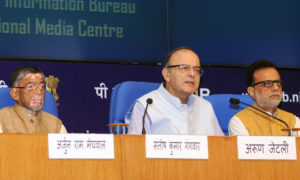He transforms Odisha fisheries and animal husbandry, unimportant till yesterday
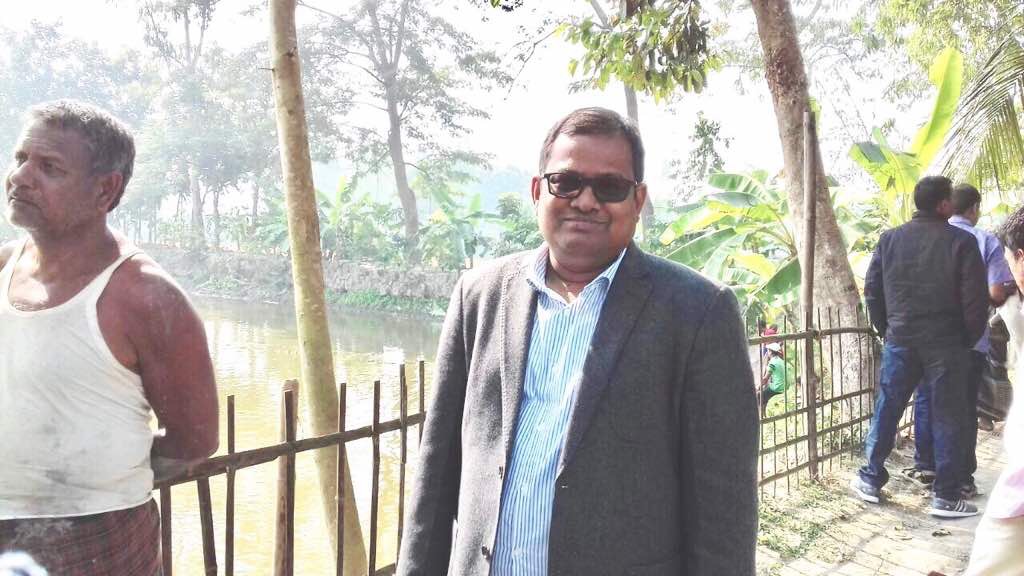
Sethi has left behind a road map, which if pursued will provide much needed nutritional and income security to a large number of people of the state.
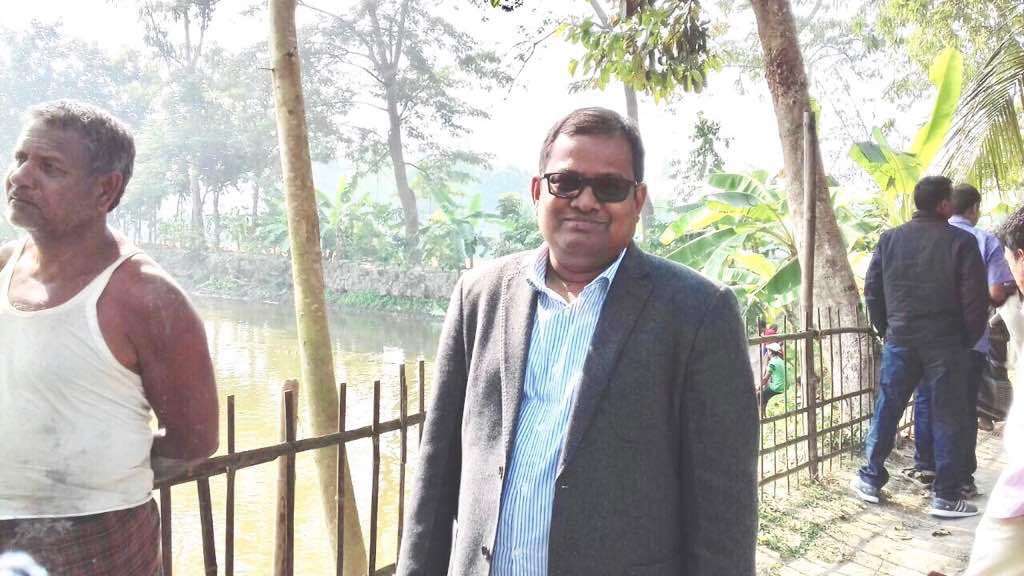 Odisha, Fisheries, Animal Husbandry, Bishnupada Sethi
Odisha, Fisheries, Animal Husbandry, Bishnupada Sethi
An engineer by profession and a poet by heart, Bishnupada Sethi believes in leading from the front.
A little over three years ago, when the 1995-batch Indian Administrative Service officer took over as the Commissioner-Cum-Secretary of the lesser known fisheries and animal husbandry department of the Odisha government, the sector did not have any policy or development plan since its existence in 1991.
As Sethi bows out to take another important responsibility as Commissioner-Cum-Secretary of the rural development department, he leaves behind a gigantic footprint.
He was not only instrumental in formulating Odisha’s first Bovine Breeding Policy and Poultry Development Policy in order to optimise the contribution of livestock sector in the socio-economic growth of rural population, he also contributed to the adoption of a policy for the fisheries sector.
He used the social media as a tool to inform people in order to fill up information gap and receive feedback from the stakeholders to improve service delivery.
Use of social media as a tool of development
He created Facebook pages of Odisha Livestock Resources Development Society (OLRDS) and Odisha Poultry Federation (OPOLFED) and Odisha State Cooperative Milk Producers’ Federation (OMFED).
The social media campaign has helped cooperatives like OMFED, OPOLFED and FISHFED to re-establish their brands in the sluggish market and helped them boost sales.
The success of the initiative is evident from the fact that the pages of OLRDS, OPOLFED, FISHFED and OMFED collectively have a total of 280,457 fans, and the numbers are still growing.
Similarly, the pages have been so far viewed by more than six crores people and received more than 20 lakh likes.
The reach is wider than the other conventional media; as a leading state newspaper with multiple editions has a combined circulation of 4.5 lakh and readership of about 64 lakh.
The initiative has also received national and international acclamation. It has been adjudged not only for Social Media for Empowerment Awards in 2016, and 2017, it also received a special Social Media for Empowerment Awards in 2017 for community mobilisation.
A Grand Jury selected it out of 162 entries it received from South Asian countries. The jury appreciated the way Sethi himself reads the final drafts and if needed makes the necessary correction before they are posted on the Facebook pages every day.
Be it Sunday or Saturday or holiday, Sethi made it a practice that contents are posted daily.
“The fisheries and animal husbandry sector was never a prominent department. It came into focus after Sethi took charge in 2013. He has ushered in radical changes in fisheries and animal husbandry sectors benefiting millions of farmers,” an official of the department told Big Wire.
Using advanced technology
The official said that during Sethi’s tenure, advanced technologies like use of sorted semen, hydroponic technology for fodder production, setting up of fodder block making machines, good manufacturing practice compatible vaccine production, establishment of andrological laboratory for production of quality frozen semen, establishment of Bio-Safety Level II laboratory for animal disease diagnosis were initiated.
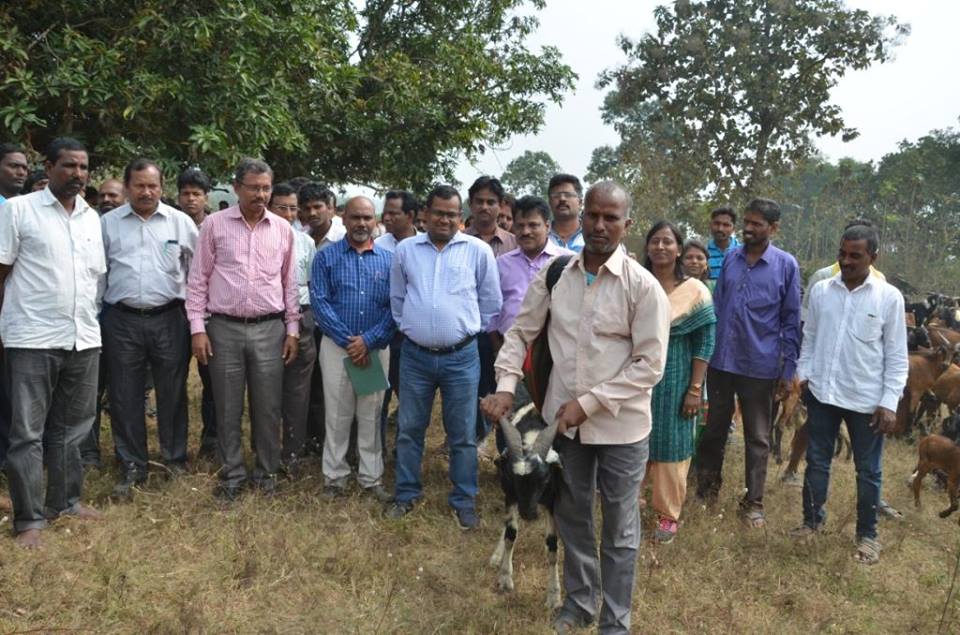 His innovative steps to provide quality and hygienic chicken meat, milk and fish products through opening of modern outlets Chicken Fresh, Milk Parlours and Chilika Fresh in Bhubaneswar proved to be very successful.
His innovative steps to provide quality and hygienic chicken meat, milk and fish products through opening of modern outlets Chicken Fresh, Milk Parlours and Chilika Fresh in Bhubaneswar proved to be very successful.
Sethi has a significant role in promoting commercial agri-enterprise activity in livestock sector. Enhancing capital investment subsidy to Rs.75 lakh for the layer sector in 2014 was a game changer in poultry sector.
Due to good response from entrepreneurs to the enhancement, 73 farms with layer bird capacity of 57 lakhs have come up in the State.
He was keenly associated in indigenous animal breed conservation and improvement programme.
Due to his continuous effort and guidance, steps have been taken up to improve Binjharpuri cattle and Chilika buffalo in their native tracts through the breeder society by taking up pilot projects.
One dairy plant to process the Binjharpuri cow milk is being set up to market A2 milk at a premium price.
Last year, Kendrapada Sheep breed was recognised. Further, physical characterisation of two other goat breeds namely, Ghumusur and Raighar have been taken up.
Four native breeds of cattle and two buffalo breeds of the state were recognized by the National Bureau of Animal Genetitics Research through his initiative and involvement.
Pro-poor initiatives
His pro-poor initiatives for development of small animals such as routine deworming, preventive vaccination and health care measures have remarkably reduced mortality of sheep and goat.
In order to ensure a steady supply of day-old-chicks suitable for backyard farming, he took steps to operationalise about 45 district level poultry hatcheries. This has immensely benefited poor farmers involved in small animal and backyard poultry rearing for raising their income.
He facilitated all kind of support for the establishment of the Regional ICAR-FMD Institute at Arugul, Khordha, which was made functional recently and took steps for setting up of a state-of-the-art regional semen station with NDDB support.
Sethi’s vision and inspiration has brought lot of changes in the organisational climate so as to provide need-based support services to the millions of farmers involved in livelihood through livestock.
In order to improve the professional veterinary service delivery, he pursued for creation of 376 posts in Odisha Veterinary Service Cadre, which was notified on April 27, upgraded the training course of paravets to two years’ Diploma Course and got a large number of vacancies filled up.
Towards a Blue Revolution
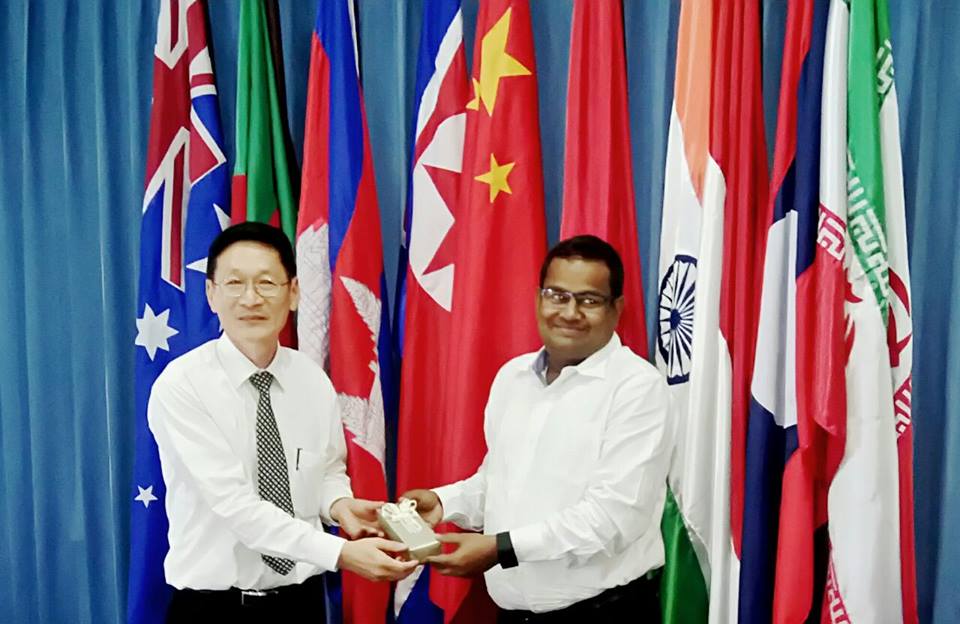 Though bestowed with a varied and vast resource base in inland, marine and brackish water sector, much was not happening to enhance the production and productivity for fisheries development.
Though bestowed with a varied and vast resource base in inland, marine and brackish water sector, much was not happening to enhance the production and productivity for fisheries development.
Sethi took over the unfinished project to formulate a comprehensive fisheries policy of his previous tenure as the Project Coordinator of UNDP, which had been assisted by DFID.
Negotiations were held with IFC to provide technical support to take this project to a logical end and finally, Odisha became the first state in the country to notify a fishery policy.
Subsequent to that a chain of actions started. Odisha possesses more than 22000 hactares of government land on the coast, highly suitable for shrimp culture. He initiated action resulting in notification of a forward-looking land leasing policy for shrimp farming.
Not only the local farmers and cooperatives but the commercial firms and entrepreneurs were made eligible for land leasing.
An Export Promotion Cell was opened in the Directorate to facilitate production and export. To encourage L. Vannamei production, 25% subsidy on seed cost was provided for along with subsidy on aerators and other equipment.
The state Chief Minister Naveen Patnaik announced to enhance the seafood export target from current Rs.2000 crores to Rs.20,000 crores per annum in a five-year time frame. To prepare a road map a Consultancy Firm with international expertise has been engaged.
There is a proposal to set up an International level Fish University which will lead in research and extension to make the Rs.20000 crore export target a reality in the line of similar institutions in Vietnam.
To give exposure to the exporters and entrepreneurs the government is bearing the cost of their participation in international seafood fairs.
To prepare a road map for developing modern infrastructure at 73 landing centres along 480 KMs coast, schemes have been prepared.
——————————————-
You may like to read
State funding for dredging of navigation channels at fishing harbours has been provided. More than one hundred brackish water clusters have been identified and steps for providing road, electricity and other common infrastructure have been initiated.
20% of the reservoirs having a total water spread area of two lakh hactares have been reserved for private entrepreneurs. Seed ranching of rivers, water bodies have been started to augment fisheries resources in common resources.
For improvement of productivity and production, several steps like replacement of brood stocks in government hatcheries, use of fingerlings in place of fry, participation of private hatcheries, release of fingerlings in reservoirs, regulation of mesh size, enforcement of various regulations, hatchery accreditation, seed certification program, operationalisation of National Fish Brood Bank, cage culture, Tilapia culture etc. have been initiated.
Meaningful collaboration with various research organizations like CIFA, CIFRI, WorldFish etc. has been taken up for horizontal and vertical expansion.
A number of welfare measures have been taken up like providing scholarships to the meritorious children of the fishermen, covering 100% of the fishermen under insurance scheme, providing shelter to fisher families, annual assistance of Rs.5000 to each fisher family who suffer on account of Olive Ridley conservation, providing 75 percent subsidy to fishermen for net and boat assistance who lost their livelihood due to Phailin etc.
Sethi has left behind a road map, which if pursued will provide much needed nutritional and income security to a large number of people of the state.
Big Wire

